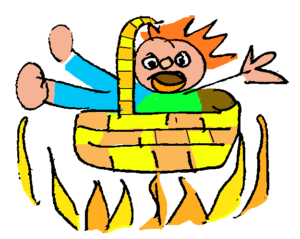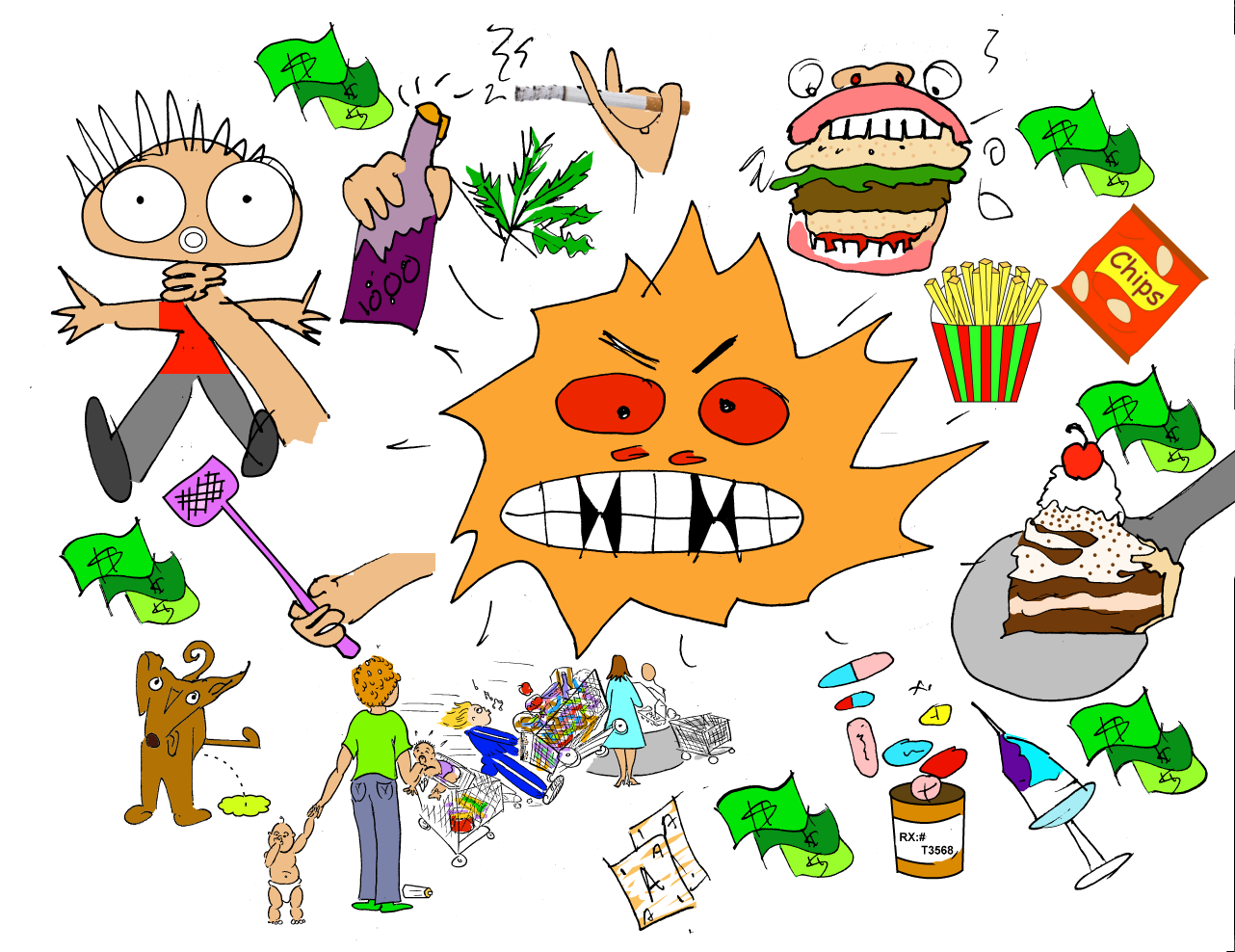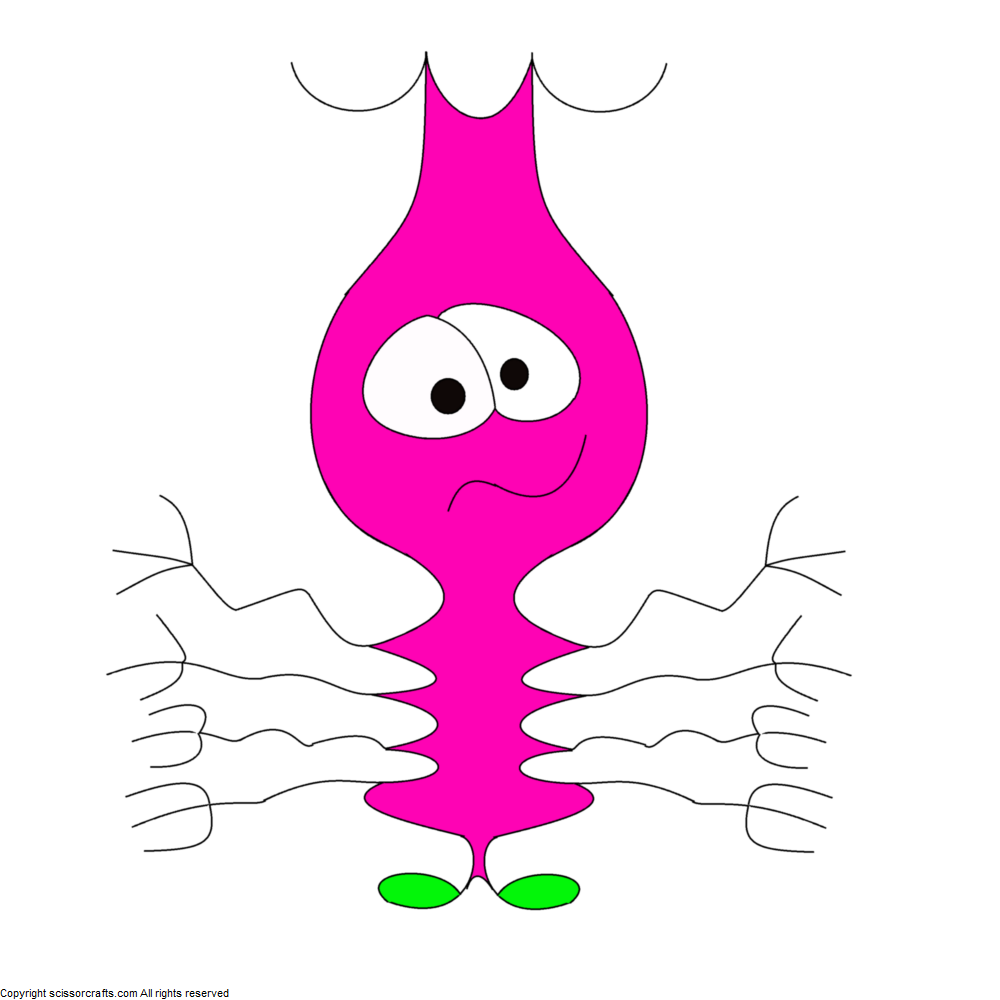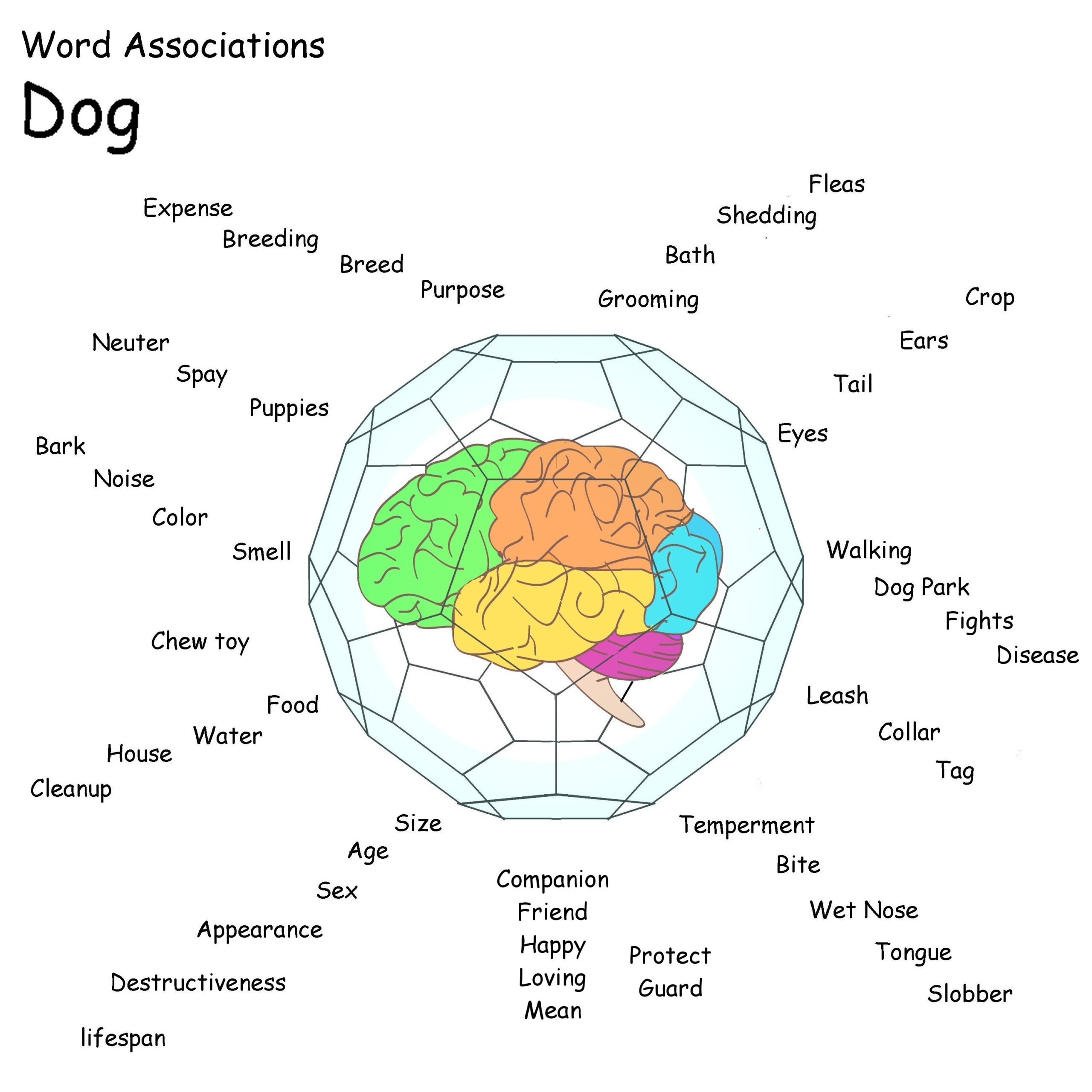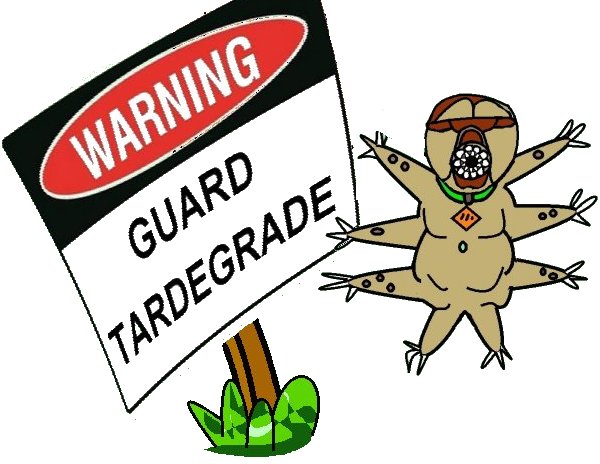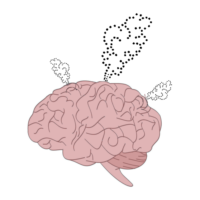 How advertising colors our thoughts and perceptions
How advertising colors our thoughts and perceptions
Facts About Alzheimer’s Advertisements
Pharmaceutical advertisements target emotions to instill worry, anxiety, fear, dread into their audience.
The intent is to convince anyone that something in their life health and well being is amiss and chemical help is necessary to fill the void.
One of our favorite semi-recent pharma ad proclaimed:
The brain changes as we age
Ooooh change. Change is some scary stuff and marketers know we go for the negative every time.
We are reminded the risk for brain disease, Alzheimer’s/ age…
Alzheimer’s, the boogy man for forgetful grandmas and oldsters everywhere.
Yes, Alzheimer’s is a bad, very bad disease and we want a cure…but…
We believe the major change to the aging brain is it develops a resistance to the absorption of BS.
Others may often interpret this as becoming cranky, irritable and/or stubborn, set in our ways.
For the va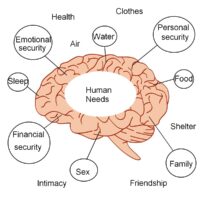 st majority of blue-hair people there is no cure necessary. Our brains are full and no room for BS.
st majority of blue-hair people there is no cure necessary. Our brains are full and no room for BS.
Get Critical, Use the Noodle
Modern advertising employs a pot pourrie of Psychological, manipulative language, sounds and images that tickle the interest and distract parts of the brain which usually partake in suspension of disbelief.
Use Language to Convey Trust
Website example: disabled-world.com/
Currently, more than five million Americans suffer from Alzheimer’s, and it is the seventh leading cause of death in the U.S. About 13% of Americans over the age of 65 have Alzheimer’s and half of those over age 85 will develop Alzheimer’s – or a closely related dementia.
Health analysts estimate that in just five years the number of Americans with Alzheimer’s will jump to 7.7 million and by 2050 the number is projected to more than double to 16 million. So why is this disease growing so rapidly Simply put, our population is “graying” and our citizens are living much longer than any previous generation. In fact, the fastest growing segment of our population is the over 80 age group, and the odds of becoming demented for the very elderly are much higher.
Learn the Finer Art of Statistics Delivery
 Examine & Turn the statistics UpSide Down
Examine & Turn the statistics UpSide Down
Statistic:
1. Currently, over five million Americans suffer from Alzheimer’s
2. About 13% (5.2 million) Americans over the age of 65 have Alzheimer’s
3. Half over age 85 (5.5 million) will develop Alzheimer’s – or related dementia
Ya-But Fact:
• The 100% population of America is currently 323.95 million.
• Five 5 million accounts for .015% of the American population.
• Which means 99.984% of Americans have no risk for Alzheimers
Statistic:
1.In five years the number of Americans with Alzheimer’s will jump to 7.7 million
Ya-But Fact:
• Projected population of America in 5 years (2022) approximate 345 million
• 7.7 million accounts for .0226% of the American population.
• Which means in five years 99.974% Americans will still have no risk for Alzheimer’s
Statistic:
1.By 2050 the number is projected to more than double to 16 million.
Ya-But Fact
• United Nations projects by the year 2050 the U.S. population will approximate 402 million
• 16 million Americans will have Alzheimer’s (assuming no cure is found between now and then) .04% of the population
• Which means 99.96% of Americans will still have no risk for Alzheimer’s Statistics may be 100% accurate and delivered
wrapped in a package of complete, unadulterated BS.
As for the rest of the claims:
• Why is this disease growing so rapidly?
Define rapidly
• Population is “graying” citizens living much longer than any previous generation. (A warning to our children…Wherever shall we put Mother?
• Fastest growing segment of our population is the over 80 age group, odds of becoming demented for the very elderly are much higher.
By about .015% higher…
All of which means
In 2050, 99.96% of Americans will still have no risk for Alzheimer’s
Don’t be an experiment. Don’t worry, be happy
